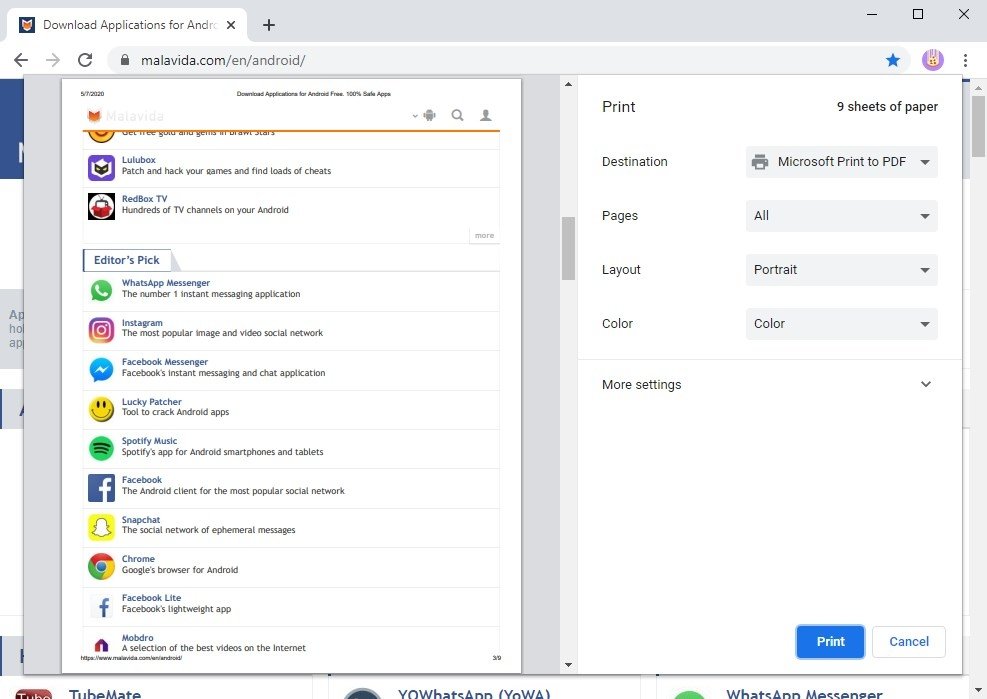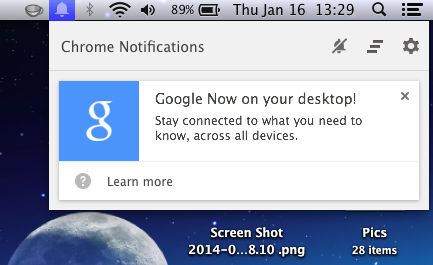
That outside content may not be accessed via a HTTPS connection, even if the main page is, which is where the new setting comes in handy.

More and more websites are switching to HTTPS, including the major ones like Google, Facebook and so on.īut most web pages today grab content from a variety of sources, many outside of the site itself, things like ads, analytics scripts and so on. They're not major features and mostly interest developers, but there is some interesting stuff in there for those trying to get a glimpse of Chrome's future.įor example, a new setting has been implemented which enables users to block insecure content in secure pages.
GOOGLE CHROME CANARY FOR MAC FOR MAC OS X
But there's another addition, Google Chrome Canary for Mac OS X which has just been released.Īpart from support for multiple profiles, there are plenty of updates under the hood of the latest Chrome 13 builds as well. Chromium has already been upgraded to the new version number as well as Google Chrome Canary.

We shall see if Google succeeds in making that anniversary deadline.Google Chrome 13 has started trickling down the development channels. That means the new interface must survive the design changes in the Canary, Developer and Beta channels before it goes mainstream in less than two months. Google is expected to make Material Design the default user interface in the stable version of Chrome on September 2, the browser’s birthday. Gmail’s redesign on the web was part of that overhaul to the design platform. Google supposedly made major changes to Material Design earlier this year to support a tool called “Material Theming” for designing interfaces. It’s a nightly build that has yet to be thoroughly tested, introducing new features along with potential show-stopping bugs.īut also keep in mind that Material Design is an ongoing project thus aspects of Chrome may change based on feedback until the user interface is ready for primetime. If you’re curious to see what Material Design is about, be warned: Chrome Canary isn’t a stable version of Google’s browser. The fact that the Material Design user interface is now appearing in Chrome Canary means Google is making progress on getting the new interface into a stable build.
You can alter its appearance to some degree by downloading and installing themes from the Chrome Web Store, but they merely change the background colors of the Start page, toolbar, tabs, and so on. The user interface for Google’s Chrome browser has remained mostly unchanged for many years. Material surfaces reimagine the mediums of paper and ink.” “Material Design is inspired by the physical world and its textures, including how they reflect light and cast shadows. “Material Design is guided by print design methods - typography, grids, space, scale, color, and imagery - to create hierarchy, meaning, and focus that immerse viewers in the experience,” Google says. Opera is adding AI features to its browser following ChatGPT surge Microsoft finally, officially pulls the plug on Internet ExplorerĬheck your inbox - Microsoft just sent out the first wave of ChatGPT Bing invites
GOOGLE CHROME CANARY FOR MAC ANDROID
Material Design infiltrated Android 5.0 and is slowly becoming the default visual design across all Google apps and services. It attempts to emulate physical substrates in a virtual environment, rendering crisp edges and shadows that give depth. It’s based on the “card” layout used in Google Now that borrows from traditional real-world paper and ink designs. Material Design is a design language introduced by Google in 2014. “Note that it’s still being actively developed and that you may stumble upon bugs.” “MacOS users can set experimental flags chrome://flags/#top-chrome-md to ‘Refresh’ and enable chrome://flags/#views-browser-windows to try it out now,” says Google evangelist François Beaufort. The new look is set as the default, providing enhancements to the boring outdated Chrome design with a rounded address bar, rounded and colored browser tabs, and new omnibox suggestion icons. If you subscribe to Google’s nightly build of Chrome “Canary,” the latest release for Windows, Linux, and Chrome OS now sports a much-needed facelift thanks to the new Material Design user interface.


 0 kommentar(er)
0 kommentar(er)
